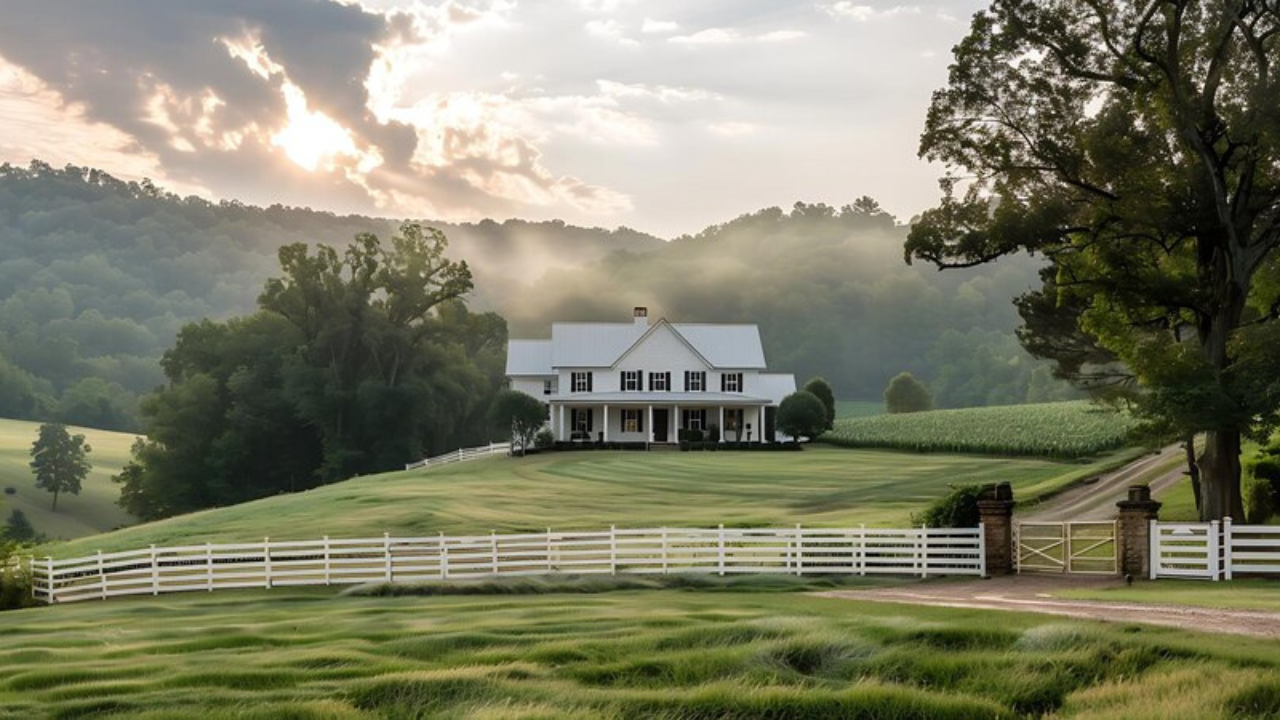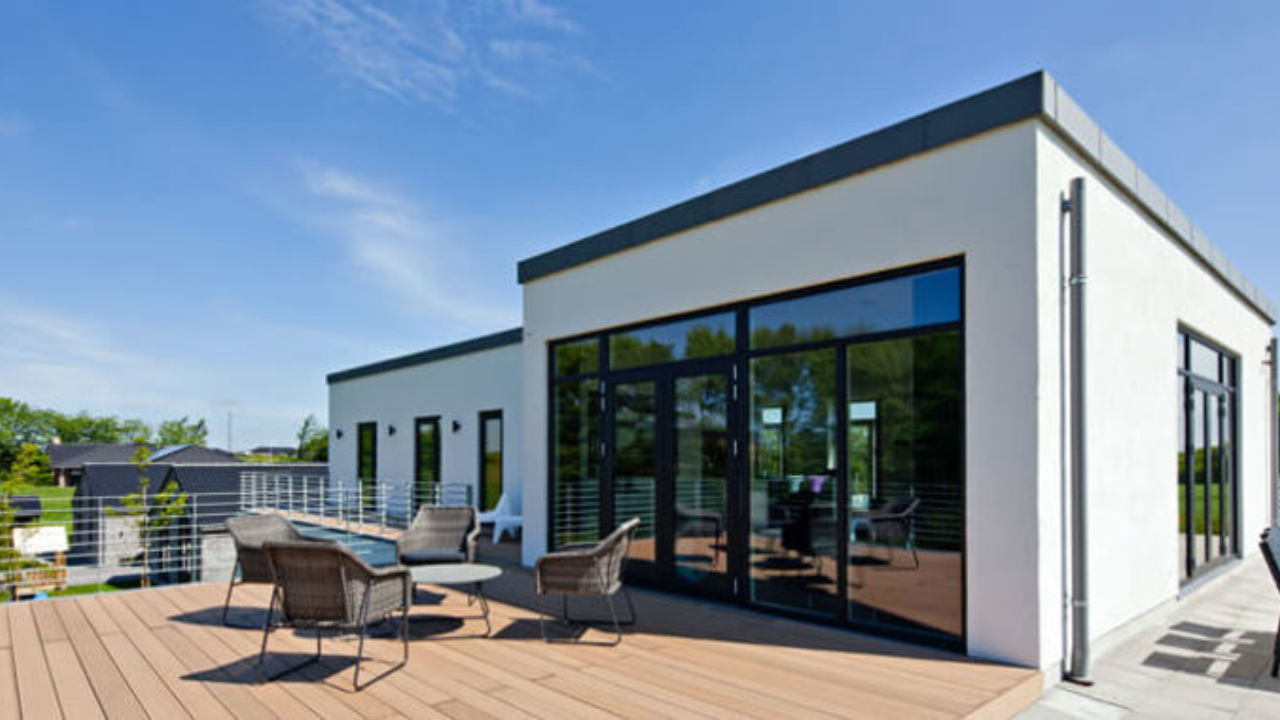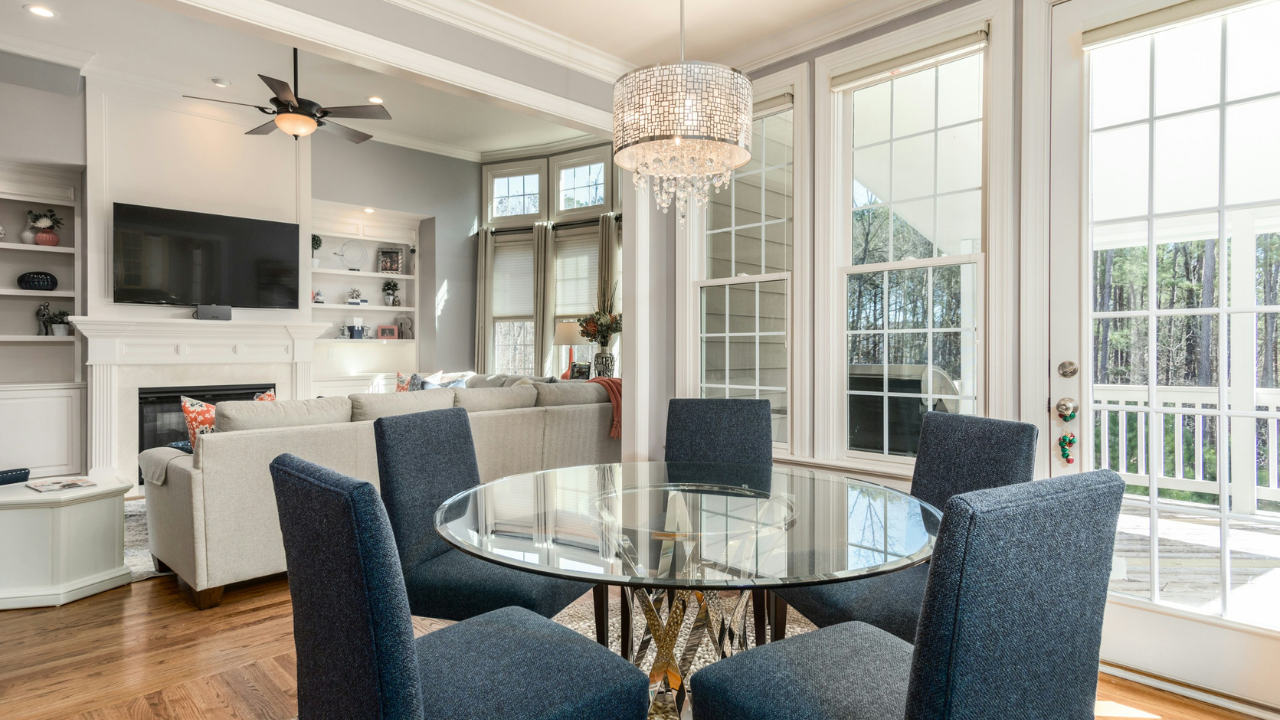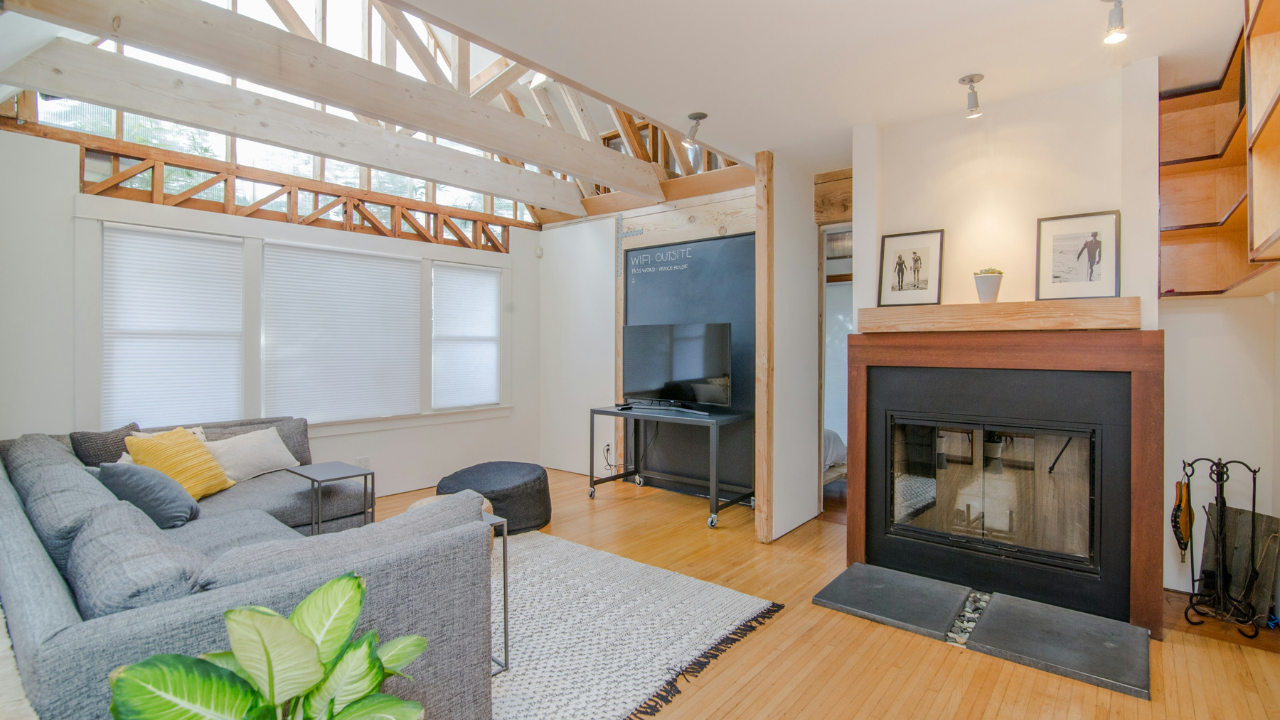The white farmhouse style is more than just a design trend; it’s a timeless aesthetic that evokes feelings of warmth, comfort, and nostalgia. Picture sprawling fields under an endless sky, where a charming white home stands proudly against the backdrop of nature. This iconic style has captured hearts across generations with its inviting simplicity and rustic elegance. From cozy interiors filled with vintage finds to exteriors that effortlessly blend into rural landscapes, the white farmhouse embodies both beauty and functionality.
As we delve into its rich history and evolution, you’ll discover how this beloved architectural style emerged from early American roots and transformed through various influences over time. Join us on this journey as we explore what makes the white farmhouse so captivating for homeowners today. Whether you’re looking to renovate or simply seeking inspiration for your next decor project, there’s something special about embracing the essence of this enduring style in your own space.
The Origins of the White Farmhouse: Early American Architecture
The white farmhouse style has deep roots in early American architecture. Its origins trace back to the colonial period, when settlers sought practicality and shelter from the elements. These homes were often constructed with local materials, featuring simple designs that emphasized function over form.
As agriculture flourished, so did the need for larger structures to accommodate families and their livelihoods. The classic white paint became a popular choice, symbolizing purity and stability during uncertain times. It also served a practical purpose: lime-based paints protected wood from decay.
Distinctive features emerged as farmers adapted their homes to suit regional climates and available resources. Gabled roofs, wide porches, and large windows allowed for natural light while providing ventilation on hot summer days. This blend of utility and charm laid the groundwork for what we now recognize as iconic white farmhouses across America today.
The Influence of Scandinavian and European Design on the White Farmhouse
The White Farmhouse style has roots that extend beyond American soil. Scandinavian and European design have played a significant role in shaping its aesthetic appeal.
Scandinavian simplicity emphasizes functionality and minimalism, often featuring clean lines and open spaces. This ethos resonates deeply with the White Farmhouse’s embrace of practicality while maintaining charm.
European influences add layers of warmth to the farmhouse look. Elements like rustic beams, stone accents, and vintage furnishings bring character to these structures.
Color palettes also draw inspiration from Europe’s serene landscapes. Soft whites paired with muted pastels or earthy tones create an inviting atmosphere perfect for cozy living.
Such designs foster a connection between indoor comfort and outdoor beauty, making the White Farmhouse not just a home but a lifestyle choice that feels timeless yet fresh.
Popularity and Resurgence in Modern Times
The white farmhouse style has seen a remarkable revival in recent years. Social media platforms, particularly Instagram and Pinterest, have played a crucial role in this resurgence. Influencers showcase the charm of these homes, inspiring countless followers to adopt the aesthetic.
Home renovation shows further fuel this trend. Viewers are captivated by the clean lines and timeless appeal of white farmhouses. These programs highlight how simple changes can create inviting spaces.
Additionally, sustainability is becoming more important for homeowners today. The white farmhouse style often emphasizes natural materials and open spaces that connect with nature. This resonates deeply with those looking for eco-friendly options.
Young families seeking warmth and comfort gravitate toward this design too. The style evokes feelings of nostalgia while seamlessly fitting into modern lifestyles—making it both practical and picturesque.
Key Elements and Features of the White Farmhouse Style
The White Farmhouse style is characterized by its inviting simplicity and timeless charm. A classic feature is the large, front porch that encourages outdoor living and community interaction.
White clapboard siding creates a clean, fresh look while allowing for easy maintenance. This element also reflects the rural roots of farmhouse design.
Inside, open floor plans are essential. They foster a sense of space and connection among family members. High ceilings paired with exposed beams create an airy ambiance.
Natural light streams through oversized windows, brightening even the coziest corners. Rustic touches like shiplap walls or barn doors add warmth and character to each room.
Furniture often showcases a blend of vintage finds and modern pieces, creating an eclectic yet harmonious environment. The color palette usually embraces whites, creams, soft grays, and earthy tones to maintain a serene atmosphere throughout the home.
Incorporating the White Farmhouse Style into Your Home Decor
Embracing the White Farmhouse style in your home decor invites warmth and simplicity. Start with a neutral palette, focusing on whites and soft creams. This creates an airy backdrop that feels both comforting and expansive.
Introduce rustic elements like reclaimed wood for furniture or accents. A weathered dining table or open shelving can bring character while maintaining a clean aesthetic.
Textiles play a crucial role too. Use cozy linens, burlap, and cotton to add layers of texture throughout your space—think throw pillows in muted patterns or woven baskets for storage.
Incorporate vintage accessories such as old farm tools or antique jars to evoke nostalgia. These pieces tell stories while enhancing the farmhouse charm.
Don’t forget about natural light! Maximize it with sheer curtains that softly diffuse sunlight into your rooms, adding to the inviting atmosphere of this timeless design.
Conclusion:
The White Farmhouse style is more than just a trend; it embodies a lifestyle that resonates with many. Its roots in early American architecture give it authenticity, while influences from Scandinavian design introduce simplicity and elegance. This unique blend has allowed the White Farmhouse to evolve, adapting to modern tastes without losing its charm.
Today, this style represents warmth and comfort—an inviting space where families gather and memories are made. Its timeless appeal continues to inspire homeowners, decorators, and architects alike. The versatility of the White Farmhouse aesthetic allows for personalization, making each interpretation uniquely special.
As we embrace sustainability and craftsmanship in our homes, the enduring allure of the White Farmhouse serves as a reminder of our connection to history while looking toward the future. Whether through a cozy living room or an inviting kitchen nook, incorporating elements of this beloved style enriches our lives and spaces in meaningful ways.











